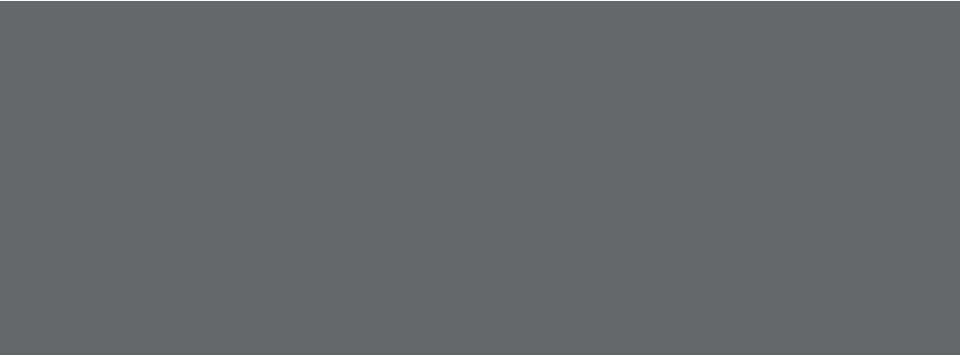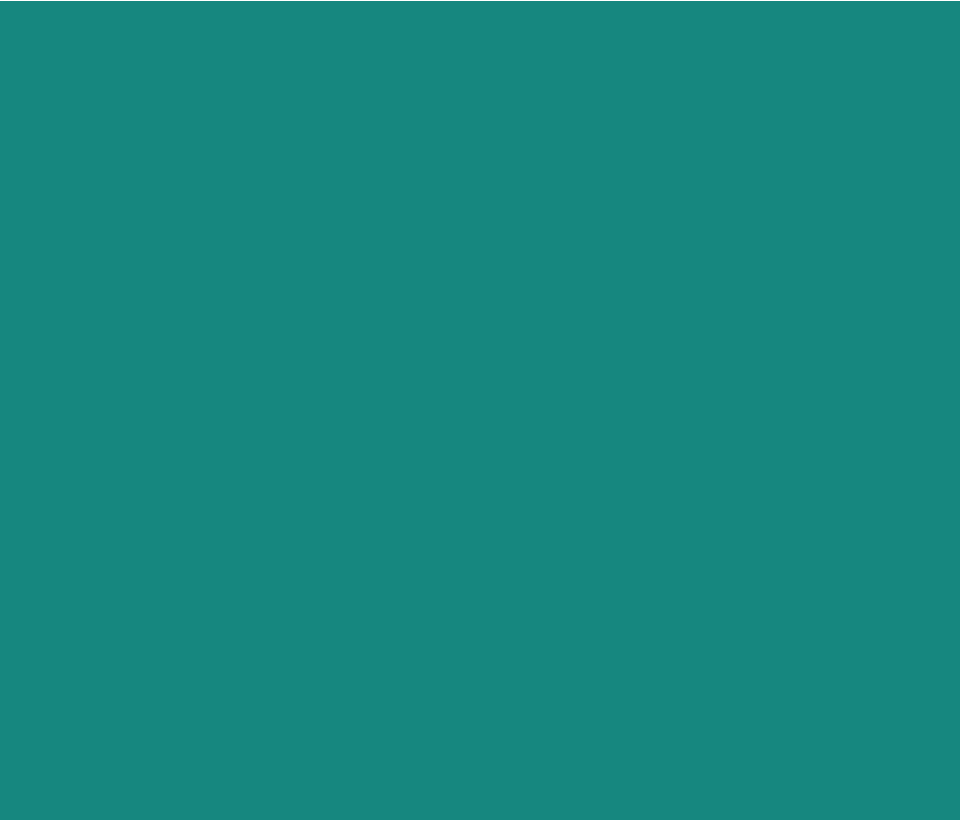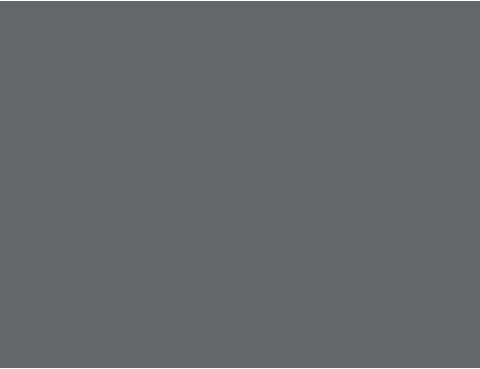
BabelColor
®
Color Measurement
and Analysis
PatchTool FEATURES
Click for info on specific features:
Import Color lists functions Gamut Tools Export Display-Check / Display-Reader Emission-Reader Patch-Reader Printer and monitor proofing Misc. tools
Import…
• Files saved in industry standard CGATS, CxF (Version-1, Version-2, Version-3), and QTX color lists formats • From user-defined lists (plain text format) from spreadsheets or word processors • CMYK and RGB color lists and assign them an ICC profile • RGB data encoded in 8 bit, 15 bit, 16 bit, or scaled to 100% • Spectral data with various scales (0-1 or 0%-100%) and ranges (380-730 nm or 400-700 nm) • Color data saved using the Optical Society of America’s Uniform Color Scales (OSA UCS) notation • Images saved in PNG or TIFF format, where each pixels becomes a PatchTool patch • Color swatches saved in the Adobe Swatch Exchange (ASE) file format (from Adobe programs such as Photoshop and Illustrator)
Color lists functions
• View color lists as well as one CMYK and one RGB profile in 2D/3D graphs • Extract patches from a list to create another list • Copy or delete patches in a list, or add white patches to fill a column • Join two or more files to create a new file • Transfer the ID, Name, CMYK and RGB fields from one file to another • Average color lists using either a weighted or un-weighted method (mix lists with or without spectral data) • Compare a patch in a file to a patch in any other file, and get the color difference value • Compare two files (with the same number of patches) in the same window • Obtain statistical data on the differences between two files • Scramble color lists to optimize the contrast between patches in order to print calibration targets • Re-order color lists according to any user-selected color space coordinate (or spectral value when available) • Assign IDs and switch between the Measured, Random, and Visual layouts of ECI2002 and IT8.7/4 charts • Turn and mirror patch layouts, flip rows and columns, or rename and renumber color lists • Rename individual color patches
Gamut tools
• Convert colors using one or two ICC profiles • Convert RGB or CMYK data assigned to a Source profile to a Destination profile • Convert RGB or CMYK data assigned to a profile to the Profile Connection Space (i.e. L*a*b*/XYZ) • Convert L*a*b* or XYZ file data to RGB or CMYK through a profile • Check if RGB or CMYK data assigned to a Source profile is clipped by a Destination profile • Check if L*a*b* or XYZ file data is clipped by a Destination profile • Generate device dependent RGB or CMYK color lists • Generate device independent color lists (L*a*b*/L*C*h/XYZ) with a gamut limited by a profile • Determine the gamut volume of a profile






Export…
• To many standard color spaces (xyY, XYZ, L*a*b*, L*C*h, RGB, CMYK) • To Munsell HVC notation using many conversion options, and select amongst various output formats • To OSA UCS Ljg notation and generate color lists for any of the nine standard UCS data planes • As CGATS text files, in a simplified Tab-delimited format for text reports and spreadsheets (PatchTool Specifications) • To the CxF3 file format as well as manyCxF3-compliant file types used by X-Rite's i1Profiler (PatchTool Specifications) • In many IMAGE formats (including TIFF-L*a*b* and TIFF-CMYK, in 8 bit, 8 bit dithered, or 16 bit) • Spectral data scaled between 0-1 or 0%-100% and in a range of either 380 to 730 nm or 400 to 700 nm • RGB data in 8 bit, 15 bit+ (i.e. Photoshop “16 bit”), “true” 16 bit, or scaled to 100% • Color lists to be used as "Color Decks” in BabelColor CT&A • Color swatches in the Adobe Swatch Exchange (ASE) file format (these files can be loaded in Adobe programs such as Photoshop and Illustrator)
Display-Check / Display-Reader
From top-left, clockwise: DTP94, Eye-One Display2, i1Pro, Spyder2, Spyder3. Complete Instrument List Display-Check • Check a monitor calibration (White Point, gray ramp, primaries ramps) (Quick-Test) • Measure your own color list on a display • Send lists of RGB data directly to the display (with no color management) • Make display measurements with a Color Correction Matrix Display-Reader • Measure display colors in any order with no prior knowledge of the patch number • Automatically make display measurements at fixed time intervals • Export RAW data that can be opened in a spreadsheet application or Processed data that can be opened like a standard color file and compared to other color lists
Emission-Reader
• Measure colors on a Light Box in any order with no prior knowledge of the patch number • Characterize a Light Box non-uniformity and use the data file to compensate transmissive targets measurements • Measure targets on a Light Box defined by a custom chart and for which you have no prior color list • Measure targets on a Light Box which correspond to a PatchTool file
Patch-Reader
• Measure color samples in any order with no prior knowledge of the patch number • Measure targets defined by a custom chart and for which you have no prior color list • Measure targets which correspond to a PatchTool file, which may also correspond to a target image generated with PatchTool • With an i1Pro 2 or i1Pro 3, take measurements in M0/M1/M2 measurement conditions (ISO 13655-2009) • With an i1Pro 3 Plus, take measurements in M0/M1/M2/M3 measurement conditions (ISO 13655-2009)
Printer and monitor proofing
• Certify a proofing printer according to Idealliance requirements (Requirements: Web site; pdf) • Certify a monitor according to Idealliance requirements (Requirements: Web site; pdf) • Assess conformance to G7 Colorspace Pass/Fail requirements (Idealliance Guide to Print Production)
Misc. tools
• Perform Substrate Correction, i.e. Convert measurements for different backings, or reference data for different substrates, or measurements for different measurement conditions (M0, M1, M2) • Generate a spectrum which matches input tristimulus values (i.e. XYZ, L*a*b*) • Derive Color Correction matrices to improve the inter-instrument agreement of display measurements • Tweak color list values for improved printed accuracy • Extract data from an ICC profile • Extract an ICC profile from an image file • Extract patch values from targets in photographs or images (RGB, CMYK, or L*a*b*)

BabelColor
®
PatchTool FEATURES
Click for info on specific features:
Import Color lists functions Gamut Tools Export Display-Check / Display-Reader Emission-Reader Patch-Reader Printer and monitor proofing Misc. tools






Import…
• Files saved in industry standard CGATS, CxF (Version- 1, Version-2, Version-3), and QTX color lists formats • From user-defined lists (plain text format) from spreadsheets or word processors • CMYK and RGB color lists and assign them an ICC profile • RGB data encoded in 8 bit, 15 bit, 16 bit, or scaled to 100% • Spectral data with various scales (0-1 or 0%-100%) and ranges (380-730 nm or 400-700 nm) • Color data saved using the Optical Society of America’s Uniform Color Scales (OSA UCS) notation • Images saved in PNG or TIFF format, where each pixels becomes a PatchTool patch • Color swatches saved in the Adobe Swatch Exchange (ASE) file format (from Adobe programs such as Photoshop and Illustrator)
Color lists functions
• View color lists as well as one CMYK and one RGB profile in 2D/3D graphs • Extract patches from a list to create another list • Copy or delete patches in a list, or add white patches to fill a column • Join two or more files to create a new file • Transfer the ID, Name, CMYK and RGB fields from one file to another • Average color lists using either a weighted or un- weighted method (mix lists with or without spectral data) • Compare a patch in a file to a patch in any other file, and get the color difference value • Compare two files (with the same number of patches) in the same window • Obtain statistical data on the differences between two files • Scramble color lists to optimize the contrast between patches in order to print calibration targets • Re-order color lists according to any user-selected color space coordinate (or spectral value when available) • Assign IDs and switch between the Measured, Random, and Visual layouts of ECI2002 and IT8.7/4 charts • Turn and mirror patch layouts, flip rows and columns, or rename and renumber color lists • Rename individual color patches
Gamut tools
• Convert colors using one or two ICC profiles • Convert RGB or CMYK data assigned to a Source profile to a Destination profile • Convert RGB or CMYK data assigned to a profile to the Profile Connection Space (i.e. L*a*b*/XYZ) • Convert L*a*b* or XYZ file data to RGB or CMYK through a profile • Check if RGB or CMYK data assigned to a Source profile is clipped by a Destination profile • Check if L*a*b* or XYZ file data is clipped by a Destination profile • Generate device dependent RGB or CMYK color lists • Generate device independent color lists (L*a*b*/L*C*h/XYZ) with a gamut limited by a profile • Determine the gamut volume of a profile
Export…
• To many standard color spaces (xyY, XYZ, L*a*b*, L*C*h, RGB, CMYK) • To Munsell HVC notation using many conversion options, and select amongst various output formats • To OSA UCS Ljg notation and generate color lists for any of the nine standard UCS data planes • As CGATS text files, in a simplified Tab-delimited format for text reports and spreadsheets (PatchTool Specifications) • To the CxF3 file format as well as manyCxF3- compliant file types used by X-Rite's i1Profiler (PatchTool Specifications) • In many IMAGE formats (including TIFF-L*a*b* and TIFF-CMYK, in 8 bit, 8 bit dithered, or 16 bit) • Spectral data scaled between 0-1 or 0%-100% and in a range of either 380 to 730 nm or 400 to 700 nm • RGB data in 8 bit, 15 bit+ (i.e. Photoshop “16 bit”), “true” 16 bit, or scaled to 100% • Color lists to be used as "Color Decks” in BabelColor CT&A • Color swatches in the Adobe Swatch Exchange (ASE) file format (these files can be loaded in Adobe programs such as Photoshop and Illustrator)
Display-Check / Display-Reader
From top-left, clockwise: DTP94, Eye-One Display2, i1Pro, Spyder2, Spyder3. Complete Instrument List Display-Check • Check a monitor calibration (White Point, gray ramp, primaries ramps) (Quick-Test) • Measure your own color list on a display • Send lists of RGB data directly to the display (with no color management) • Make display measurements with a Color Correction Matrix Display-Reader • Measure display colors in any order with no prior knowledge of the patch number • Automatically make display measurements at fixed time intervals • Export RAW data that can be opened in a spreadsheet application or Processed data that can be opened like a standard color file and compared to other color lists
Emission-Reader
• Measure colors on a Light Box in any order with no prior knowledge of the patch number • Characterize a Light Box non-uniformity and use the data file to compensate transmissive targets measurements • Measure targets on a Light Box defined by a custom chart and for which you have no prior color list • Measure targets on a Light Box which correspond to a PatchTool file
Patch-Reader
• Measure color samples in any order with no prior knowledge of the patch number • Measure targets defined by a custom chart and for which you have no prior color list • Measure targets which correspond to a PatchTool file, which may also correspond to a target image generated with PatchTool • With an i1Pro 2 or i1Pro 3, take measurements in M0/M1/M2 measurement conditions (ISO 13655- 2009) • With an i1Pro 3 Plus, take measurements in M0/M1/M2/M3 measurement conditions (ISO 13655- 2009)
Printer and monitor proofing
• Certify a proofing printer according to Idealliance requirements (Requirements: Web site; pdf) • Certify a monitor according to Idealliance requirements (Requirements: Web site; pdf) • Assess conformance to G7 Colorspace Pass/Fail requirements (Idealliance Guide to Print Production)
Misc. tools
• Perform Substrate Correction, i.e. Convert measurements for different backings, or reference data for different substrates, or measurements for different measurement conditions (M0, M1, M2) • Generate a spectrum which matches input tristimulus values (i.e. XYZ, L*a*b*) • Derive Color Correction matrices to improve the inter-instrument agreement of display measurements • Tweak color list values for improved printed accuracy • Extract data from an ICC profile • Extract an ICC profile from an image file • Extract patch values from targets in photographs or images (RGB, CMYK, or L*a*b*)





















